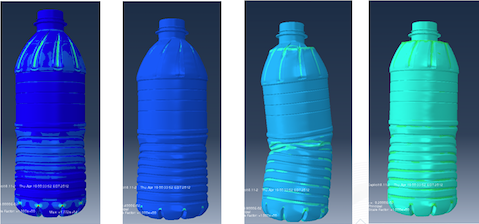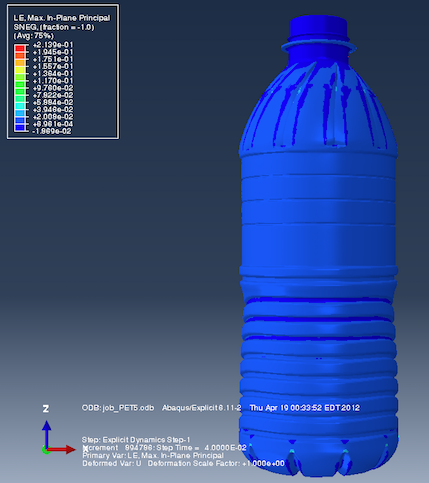Recently, I had the honor of sitting in on Desktop Engineering’s roundtable discussion, “Supercomputing for the Rest of Us” with Kenneth Wong, Desktop Engineer editor, and Lee Margetts, from National Agency for Finite Element Methods (NAFEMS).
The idea behind the roundtable was to continue to spread the word of the democratization of high performance computing (HPC) and how it can help change the way engineers work. It’s important we don’t let up on this message because there is still a barrier in some people’s minds when they think of HPC and supercomputing. As Wong put it so nicely, “people often associate HPC or supercomputing with massive services installed inside a climate-controlled room, located in the pristine glass-encased university research lab or the basement of a secretive government institution.”

Maybe that was the case at one time, but on-demand HPC providers like the AweSim program have drastically lowered that exclusivity. And over the years, access to HPC capabilities has become more user-friendly.
Margetts made a great point from a user perspective in that it’s very frustrating when things didn’t work in the past and he had to deal with system administration to figure out why something wasn’t working. However, “when the technology is in an on-demand app, all of that is taken care of. It really improves usability.”
This all ties back to “democratizing” HPC and spreading the message about how beneficial modeling and simulation can be to engineers and businesses.
Time and time again, I’ve gone to Ohio-based businesses and asked, “What’s your bottleneck?” Their response was always, “We don’t have a bottleneck.” But when I ask them to explain their process, they’d say, “We design the model in SolidWorks or CATIA. We’ve got to get the CAD model done by mid-afternoon so I can get the simulation to start running and keep it running overnight on my desktop to finish by the time we come in tomorrow.”
And guess what? That’s the bottleneck. They don’t realize their entire workflow is predicated on the need to run simulations overnight so it doesn’t disrupt other work. But with on-demand access to HPC, they can get answers to their simulation results in just hours, multiple times a day.
Another critical piece of this is the ability to upscale in computation power. Engineers tend to simplify models in order to reduce computing, another problem we solve, by the way.

In fact, we had a plastic bottle manufacturer we worked with that wanted to remove every microgram of plastic possible to make the product lighter and cheaper. They have to model the bottle, mesh it and simulate it. They were working on 100-hour long simulation sessions with meshes that are in the order of a few 100,000 elements. By increasing the number of elements to a few million, and by adding more processor cores on-demand, they can get their answers in about 20 hours working with higher resolution and higher fidelity.
One of my favorite points of the roundtable came toward the end during the Q&A session when I was asked, “Do you feel like creating an app marketplace will allow crowd-funded hardware startups to justify simulation to prevent major design issues?”
The response, of course, was yes, definitely! Having an app marketplace is just one aspect of making modeling and simulation more accessible, affordable and scalable. This can be to the benefit of startups who want to virtually test out something before trying to secure funding. I’ve had several similar companies approach OSC in recent years with exactly those types of queries, and I expect such clients will become more and more common.


